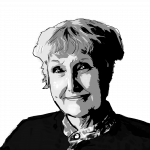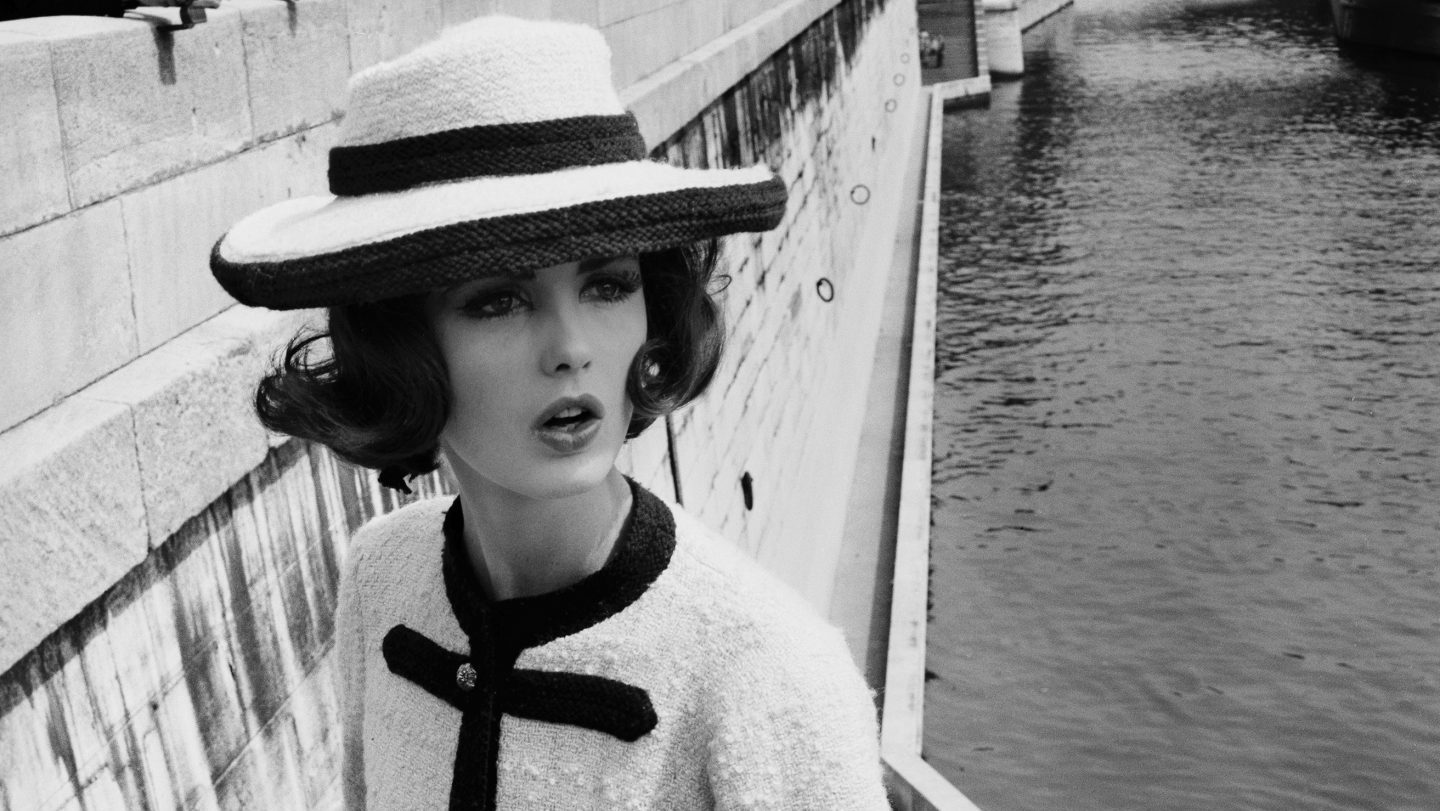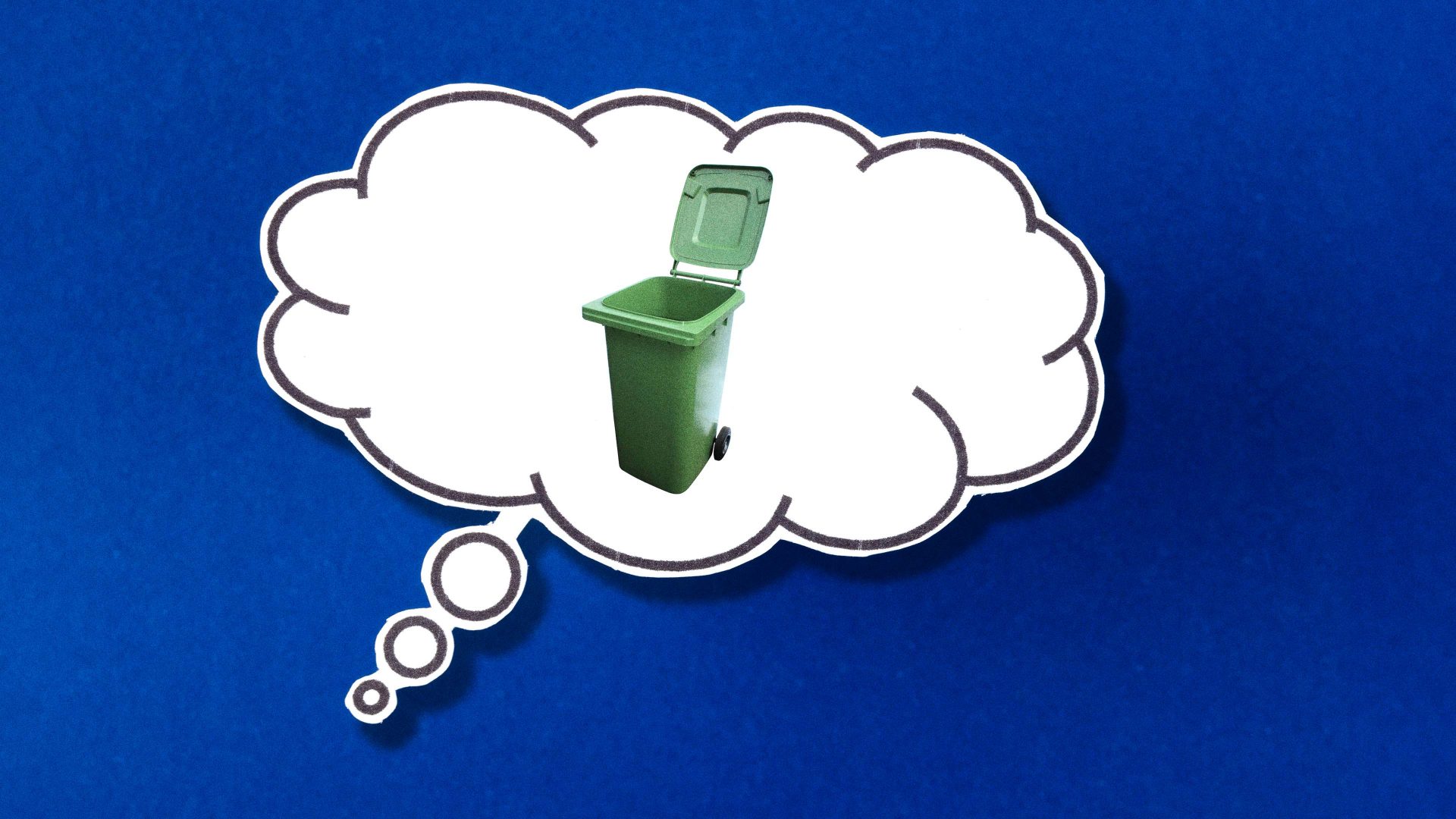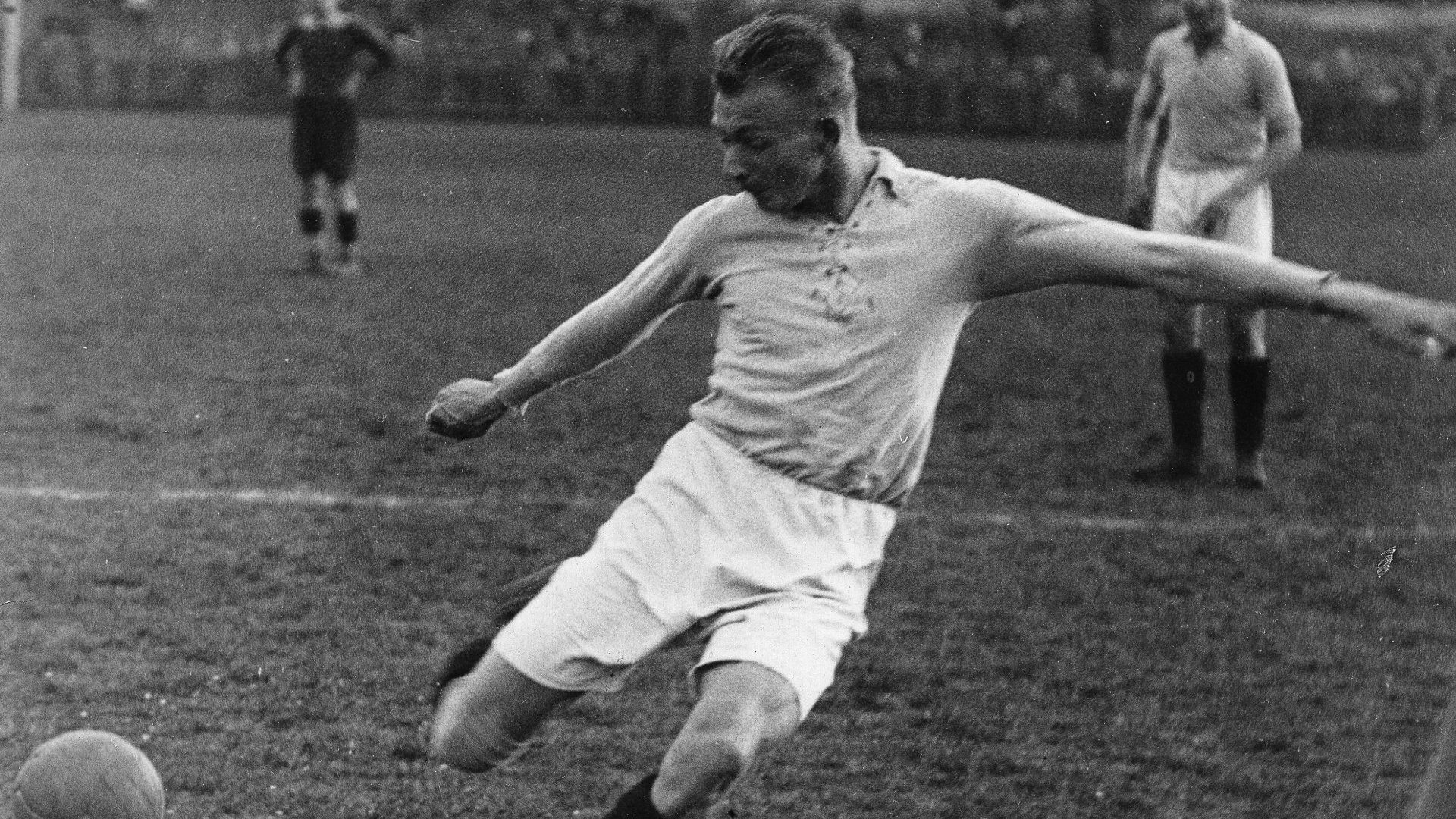‘Dress like you are going to meet your worst enemy today” is one of many witticisms attributed to the great French couturière, Gabrielle “Coco” Chanel (1883-1971) whose 60 years in fashion is being celebrated this autumn at the V&A’s cavernous Sainsbury Gallery. Chanel, who lived through two world wars and counted a German embassy official and former spy among her lovers, always dressed to kill in immaculate braided suit, straw boater and strings of pearls.
In the V&A’s Suit Hall, two rows of mannequins line the walls in a sweeping glass display case, each in a separate cubicle wearing a jacket and skirt in hues that range from black to ivory, softening to oatmeal and deepening to pink and ruby reds to create a parade of day suits, described by Vogue magazine as “the world’s prettiest uniform”.
Nearby, masculine and feminine meet in a 1970s black jacket and skirt worn by Marlene Dietrich that continues the military theme in the Chanel-logoed gilt buttons down the front, its sharp white collar and detachable cuffs and in the rigour of the garment’s silhouette.
This borrowing of codes from menswear and repurposing them in chic, comfortable clothes for women is a defining characteristic of Chanel design. At the beginning of the 20th century, when women still wore feathers, lace, long skirts and corsets, Gabrielle Chanel defined herself differently and dressed accordingly, in boys’ ties, plain white shirts and lightly trimmed hats. Her first clothes were practical enough for a woman to drive an ambulance in as well as take a seaside promenade.
The privations of war also necessitated resourcefulness and led to the use of new fabrics for haute couture. “There was a shortage of material,” Chanel later declared. “I cut jerseys [for her clients] from the sweaters the stable lads wore and knitted training garments that I wore myself.” Biographer Justine Picardie suggests that jersey fabric, traditionally used in underwear and stockings, was the only textile Chanel was able to buy in bulk during those war years.
Stories like this illustrate another aspect of Chanel’s character, which is that the great couturière was given to embroidering the truth and self-mythologising, throwing up smoke and mirrors and muddying the waters. Her wartime activities in occupied France, as detailed at the V&A, seem particularly contradictory. She appears to have been involved in the French resistance while simultaneously suspected of collaboration with the Nazis. She had “the capacity of the phoenix to reinvent herself”, observed the writer Anita Brookner in 1982.
The section on Chanel’s costume jewellery chimes well with these conflicting dualities. There are exquisite botanical chokers, necklaces, bracelets and earrings featuring camellias made from multi-coloured glass paste, mixing real and fake materials: the finest stones with imitation gems.
Legend has it that every time Chanel began a new collection, she would trim her hair. “I’ve always plied the scissors,” she affirmed. The 400 objects and 191 mannequins presented in the Sainsbury Gallery are testimony to countless haircuts. “My life didn’t please me, so, I created my life,” she once said, and it was with scissors that she did so, using them to cut out her designs as she did not draw.
“Chanel works with her 10 fingers, with her nails,” wrote the author Colette. “With the side of her hand, with the palms, with pins and scissors, right on the garment, which is a white vapour of long folds, splashed with crushed crystals.”
Hers were working hands, as her handprint in the exhibition attests.
Like her compatriot, Édith Piaf (represented in the Divas exhibition, also at the V&A), Gabrielle Chanel was born into poverty. Her father was a travelling salesman and on the early death of her mother, Chanel and her elder sister were sent to a convent orphanage, where she learned to sew, later making collars and cuffs from white linen to trim black convent uniforms. Black and white were for many years Chanel’s go-to palette. “Dress women in white or black at a ball: they are the only ones you see,” she stated.
The fashion designer owed her success not only to her innate ability to foresee what would sell and why, but also to the knack she had of surrounding herself with individuals who would help her. Her first lover, Étienne Balsan, was the son of a family of textile manufacturers who introduced her to the wealthy set, while her next, Englishman Arthur Capel, took her into the heart of Paris; both men financed her first business venture selling straw boaters from Balsan’s apartment and later, in 1910, to establishing a milliner’s at 21 Rue Cambon.
A dark silk hat with a wide ribbon from 1917 is shown at the gallery entrance, its helmet-like shape and its sombreness suggesting the mood of the time. Alongside it is a short film, La Mode à Paris, from 1916, in which the actor Jane Renouardt as a modern girl about town is walking away from the Arc de Triomphe, hatted and suited in Chanel. Chanel’s hats were also worn on and off stage by the actor Gabrielle Dorziat, who in turn promoted them to the fashion press.
By 1917, Chanel was becoming famous. She was now mixing with the artistic elites of Paris. Colette, Jean Cocteau and Noël Coward all knew her – and that was just the Cs. Picasso often stayed with her; Dalí reputedly loved her; Cecil Beaton and Man Ray photographed her.
As the capital filled with Russian émigrés fleeing the two revolutions in their homeland, Chanel became involved, supporting the composer Igor Stravinsky and his family and making a financial donation to Diaghilev’s Ballet Russe for the revival of Le Sacre du Printemps. In 1924, she designed hand-knitted swimming costumes for Le Train Bleu, a Ballet Russe production with a script by Cocteau, named after the first-class blue train that carried wealthy holidaymakers to fashionable seaside resorts, already familiar to the designer. Two costumes on display include a pink swimsuit with drop waist and horizontal bands in charcoal and white, repeated on matching shorts, alongside a male version in blue with visible sewn hems. In performance, the pattern of stripes and seams in the costumes of several dancers created a rhythm of wavy sea lines.
Among the Russians in Paris was Grand Duke Dmitri Pavlovich, with whom Chanel began an affair. In an interview with Claude Delay towards the end of her life, she described the duke and others like him: “They looked marvellous but there was nothing behind… nothing: just vodka and the void.” Another was the perfumier Ernest Beaux who in 1921 created Chanel No 5. Its simple mannish square bottle and nomenclature, made famous by Marilyn Monroe, also brought Chanel immense wealth.
The V&A’s boutique-style perfume room leads to perhaps the most memorable room: the recreation of the faceted mirrored staircase installed at the designer’s couture salon at 31 Rue Cambon in Paris. When presenting a new collection, models descended the stairs, their dresses refracted in the round while Chanel, hidden at the top, watched her clients’ reactions, unseen. At the V&A, mannequins stand on steps in evening dresses that are splintered across the staircase’s vertical sheets of glass, recalling the dizzying fractured figure in Marcel Duchamp’s Nude Descending a Staircase (1912).
As the decades pass, glass case by glass case, lover by lover, the fabrics change, from silk jersey and jacquard knit wool to silk pongee, printed crêpe de chine to tweeds to satin and crystal beads, to glistening lamés, from daywear to cocktail dresses and evening gowns.
“I could go to sleep in sequins,” I hear someone sigh in front of a frosted “fondant fancy” pink evening dress. A bejewelled 1968 cocktail suit bobbled with a constellation of pink lilies and pale button and star shapes, and a matching jacket trimmed with thick gold braiding like a chain, is unexpectedly decorated and practically psychedelic, far removed from the restraint of the classic “little black dress” of 1926.
I left the V&A wondering how many of us would wear Chanel now if we could; these groomed chic suits felt to me to belong to an era long past, just as the end of the 19th century with its frills and furbelows appeared to Gabrielle “Coco” Chanel. Then, by chance, I went to see Barbie.
Everyone at the cinema was decked out in pink, but this was as nothing compared with the rosy outfits Margot Robbie was wearing, selected from Chanel’s Coco Beach and Coco Neige Ready-to-Wear collections. In an interview with Vanity Fair, Barbie’s costume designer, Jacqueline Durran said, “One of the ground rules was that [Barbie] would always be perfectly dressed for whatever she was going to do.” Coco Chanel would surely approve.
Gabrielle Chanel: Fashion Manifesto runs at the V&A until February 25, 2024. The exhibition is presented in partnership with Palais Galliera, Fashion Museum of the City of Paris, Paris Musées. Coco Chanel: The Legend and the Life by Justine Picardie is published by HarperCollins




